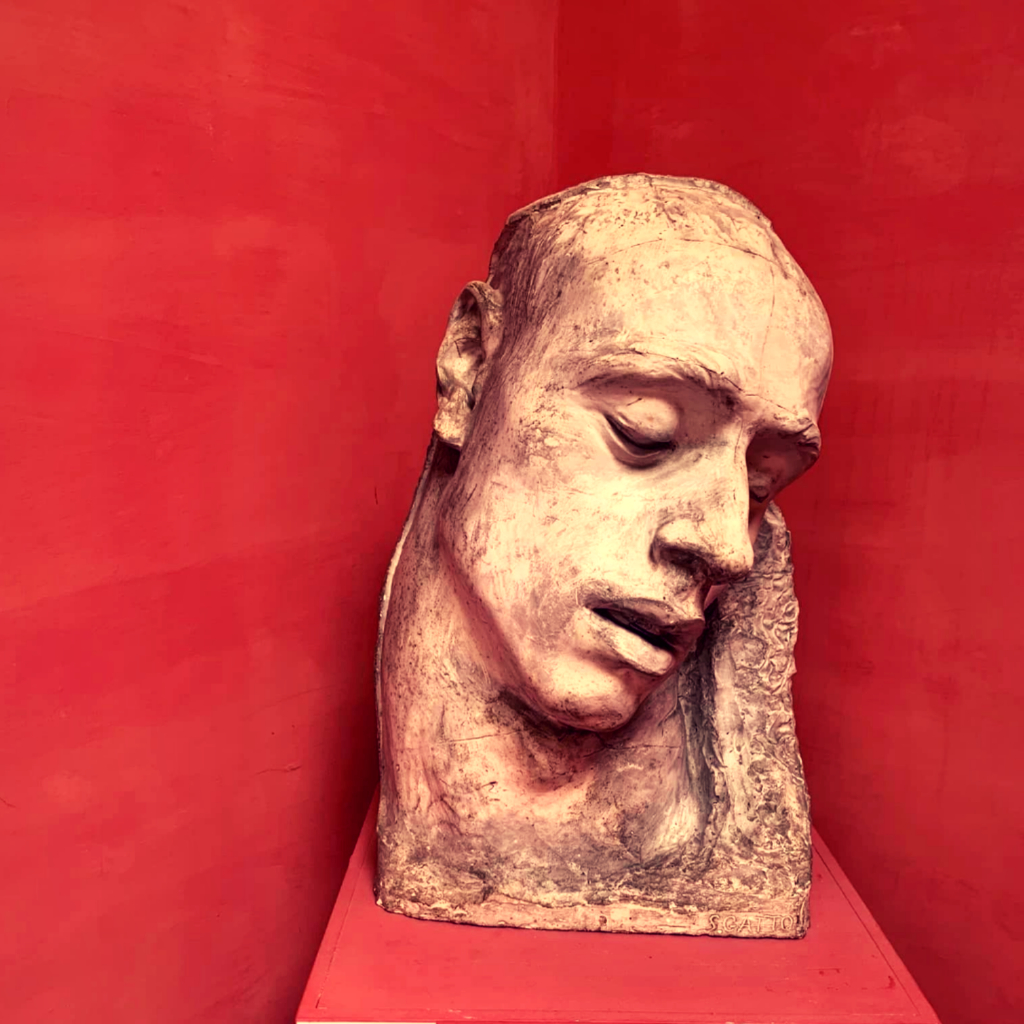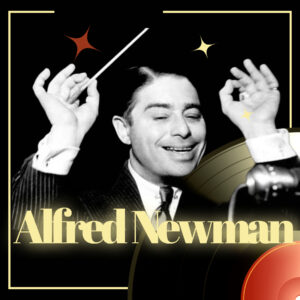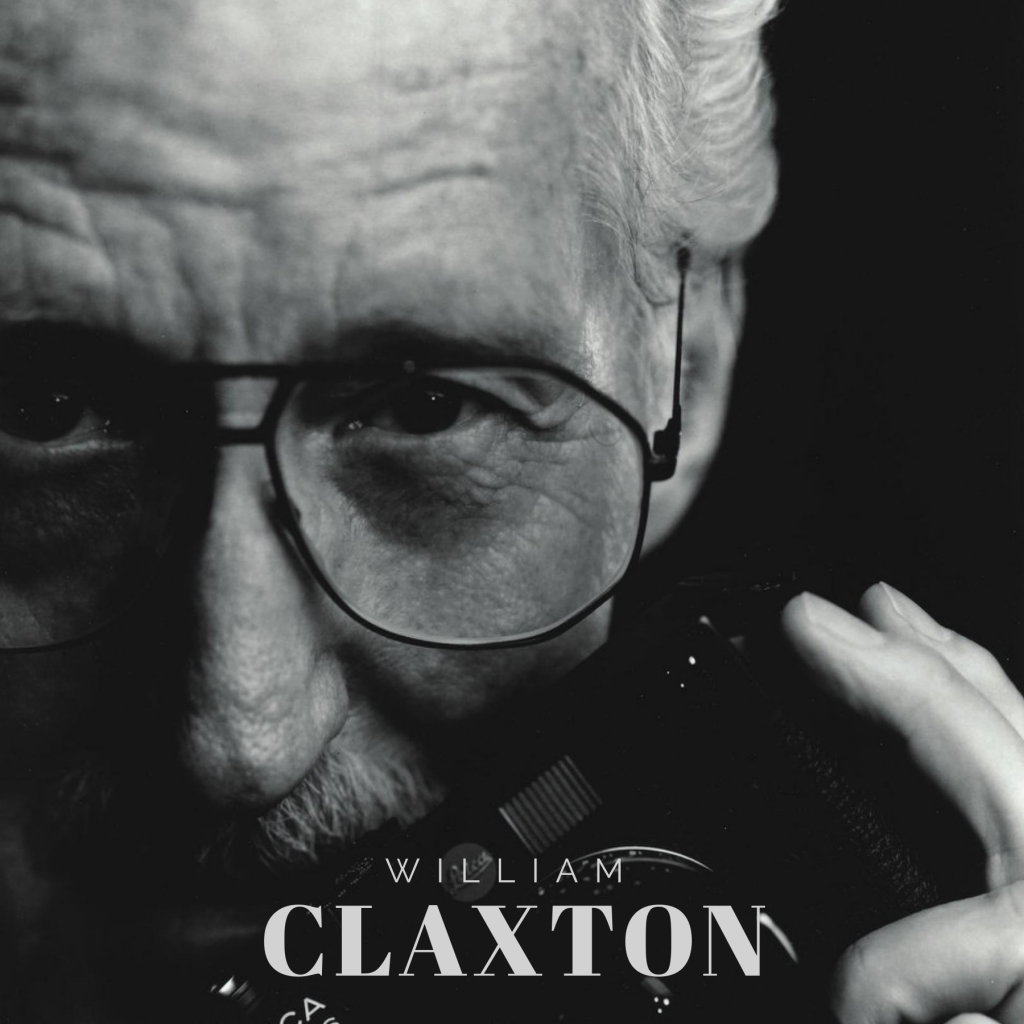
Shadows and dusk of creation that shed light on the inner fire. William Claxton made his name with photographs of Chet Baker. In fact, Claxton’s moody images helped propel Baker to stardom.
Photography is jazz for the eyes. All I ask you to do is to listen with your eyes.
To say that Baker was photogenic would be an understatement. But Claxton got it almost by accident. The photographer told the Irish Times in 2005, “I was up all night developing [in 1951] when the face appeared in the developing tray… an angelic face with pale white skin and, the craziest thing, one tooth missing — he’d been in a fight. I thought, ‘My God, that’s Chet Baker.’ “
The international language of jazz and photography need no special education or sophistication to be enjoyed. All that I ask is that you listen with your eyes.
Claxton’s black-and-white images are striking. Some are posed, while others capture spontaneous moments: Duke Ellington smiling at the piano; Mel Torme leaning back, eyes closed, pushing out a song. One of the most haunting shows Baker looking down at a piano’s keyboard, the background washed out by the light coming in from behind him, the outline of his head reflected in the closed piano lid. But Claxton also took musicians out of the clubs and recording studios and photographed them on the California beaches, in convertibles, in the mountains.
For the photographer, the camera is like a jazz musician’s ax. It’s the tool that you would like to be able to ignore, but you have to have it to convey your thoughts and whatever you want to express through it.
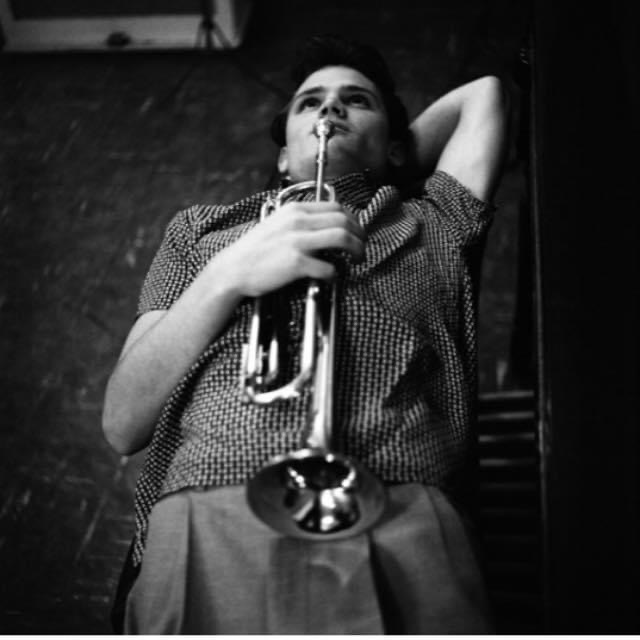
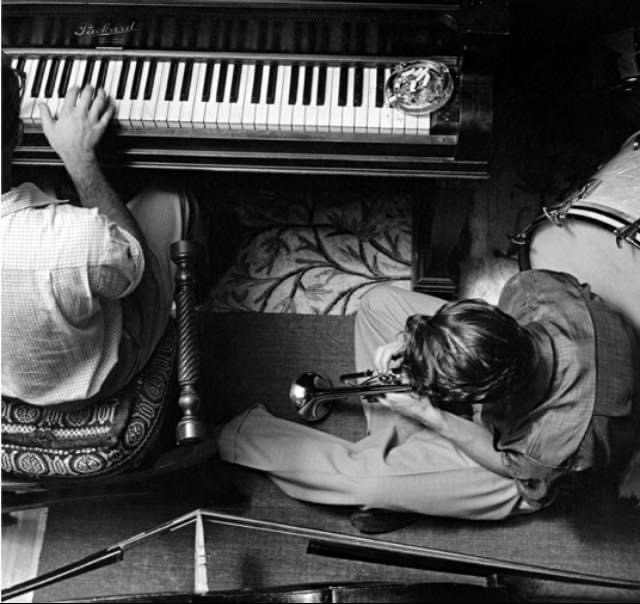
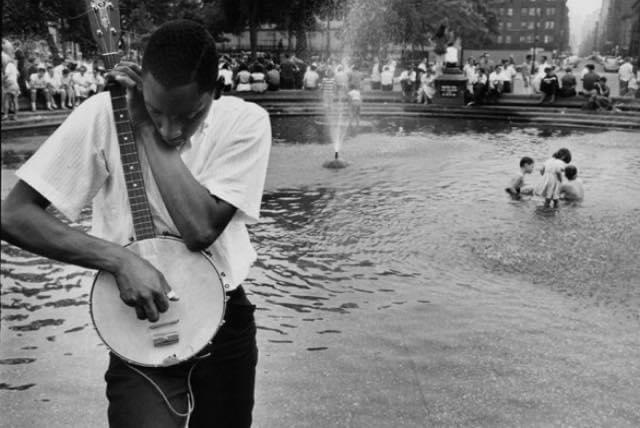
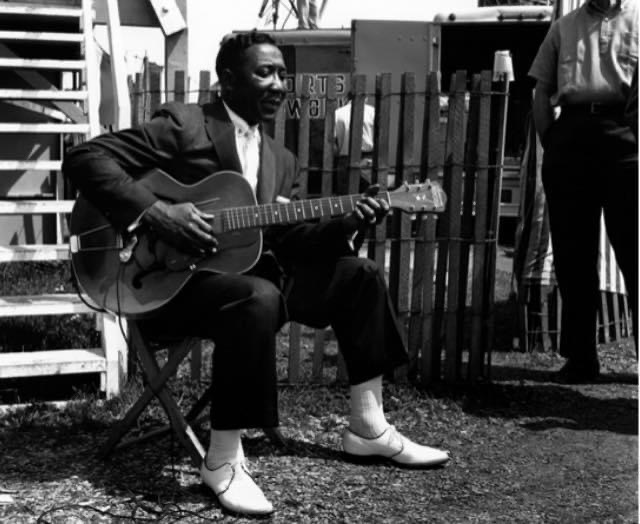
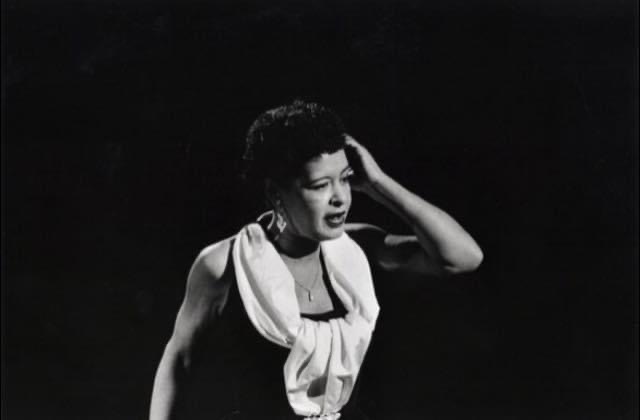
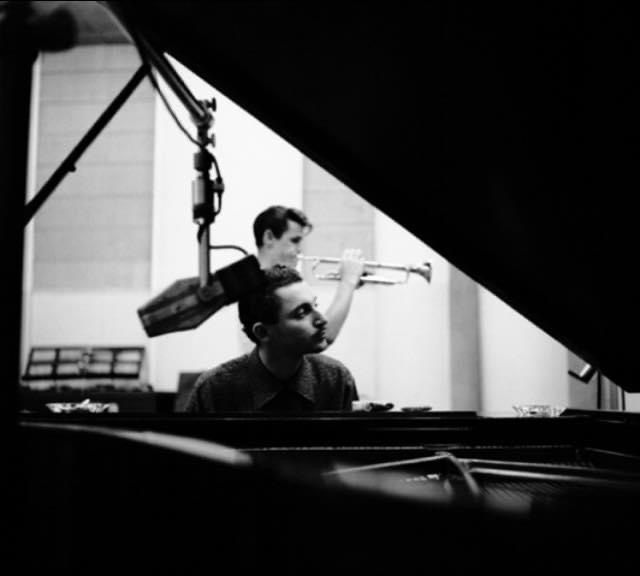
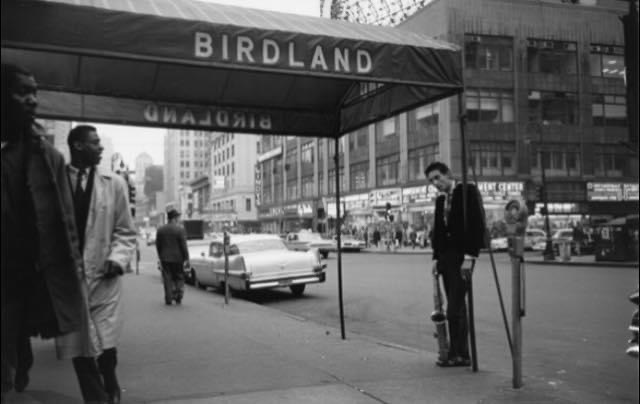
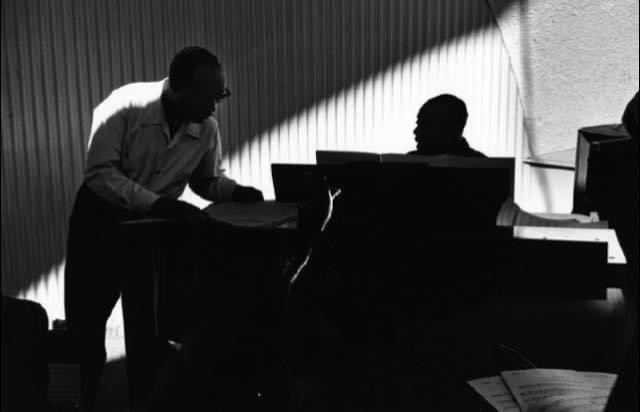
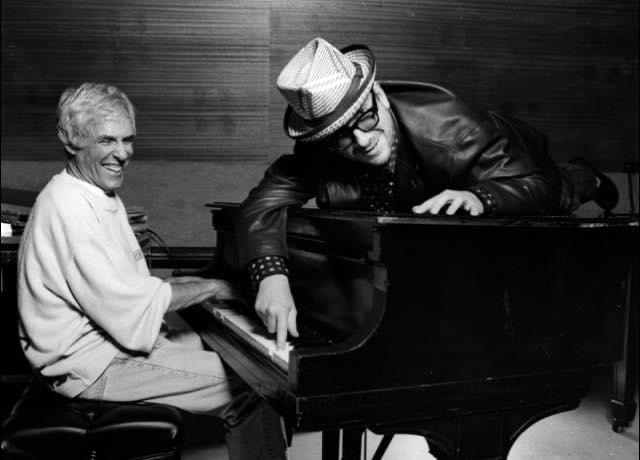
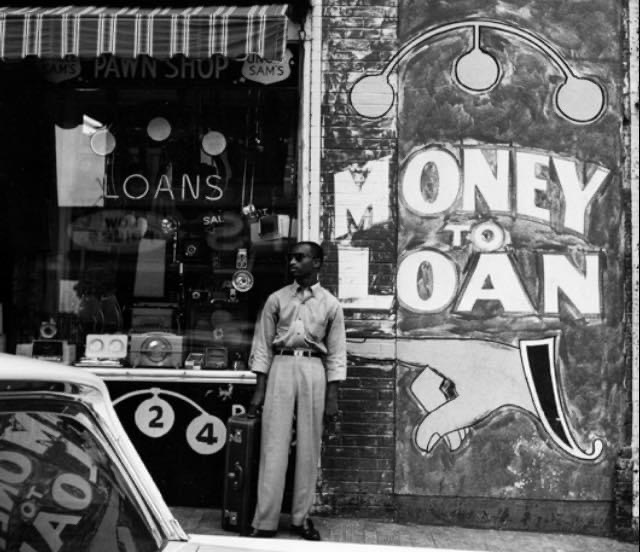
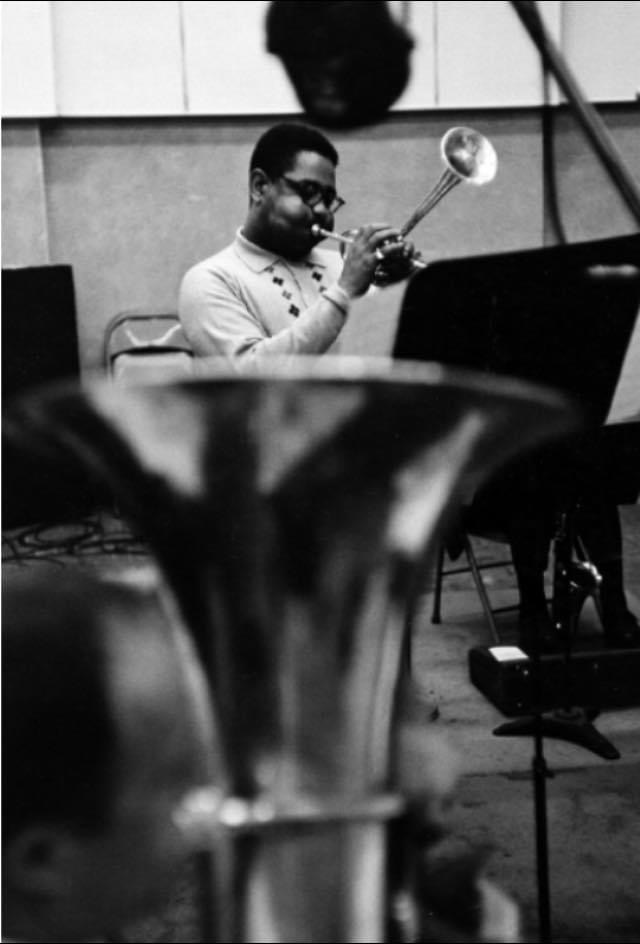
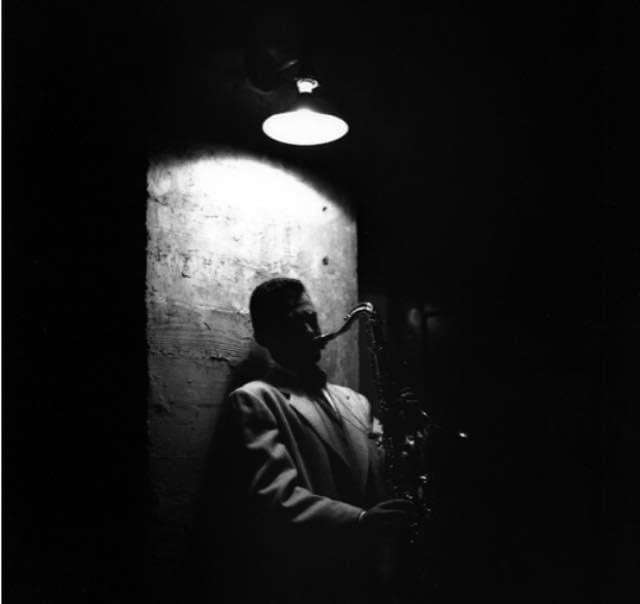
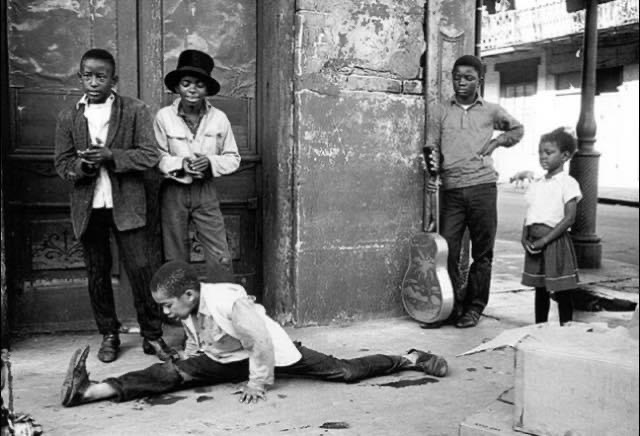
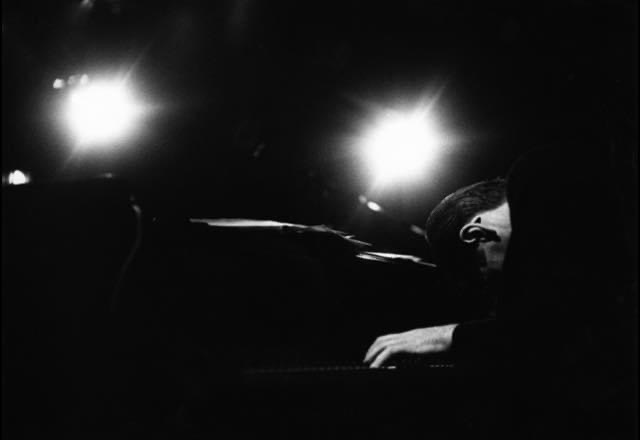
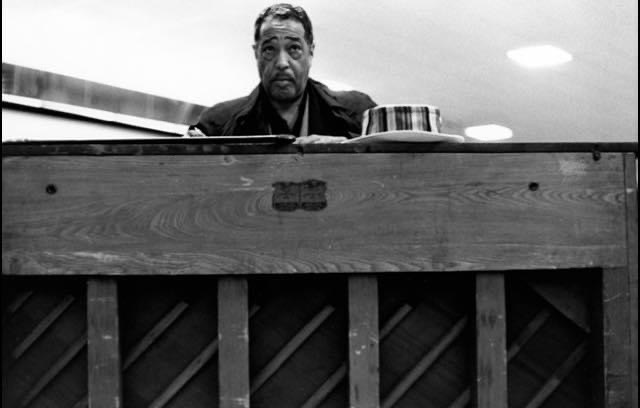
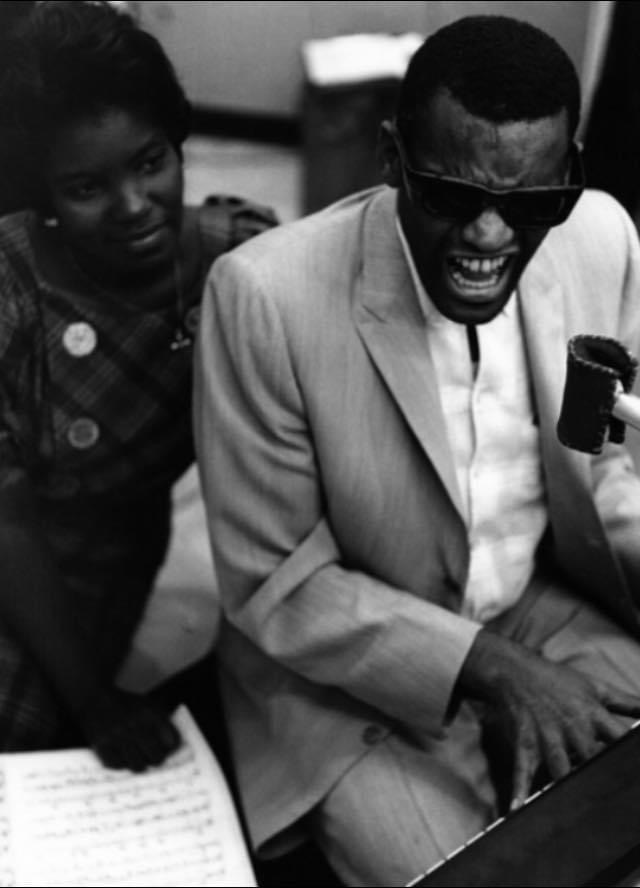
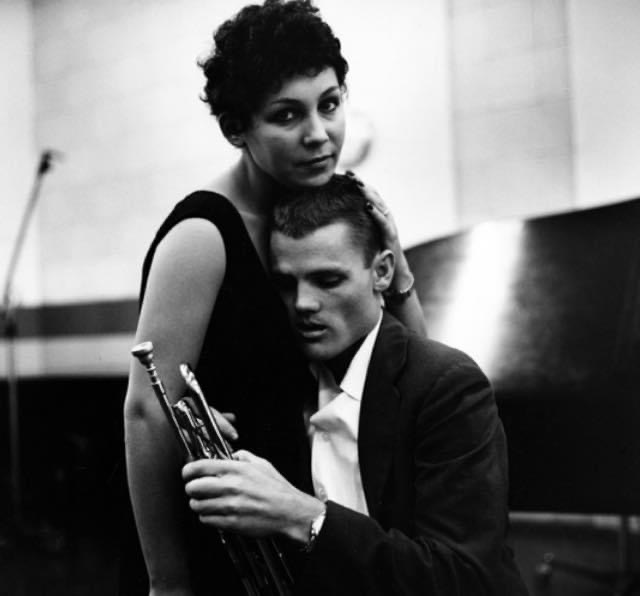
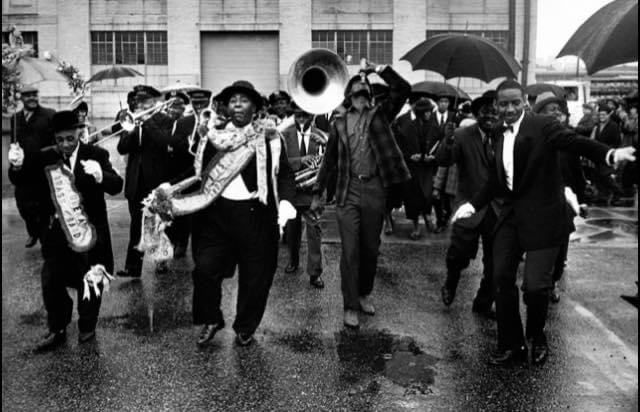
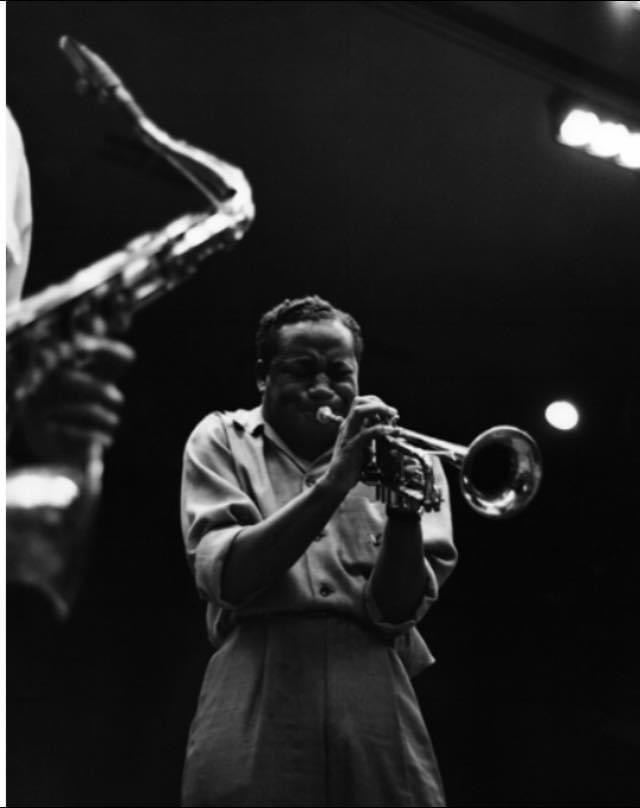
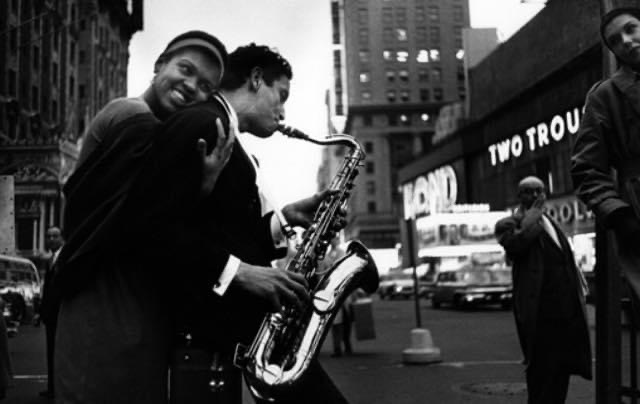
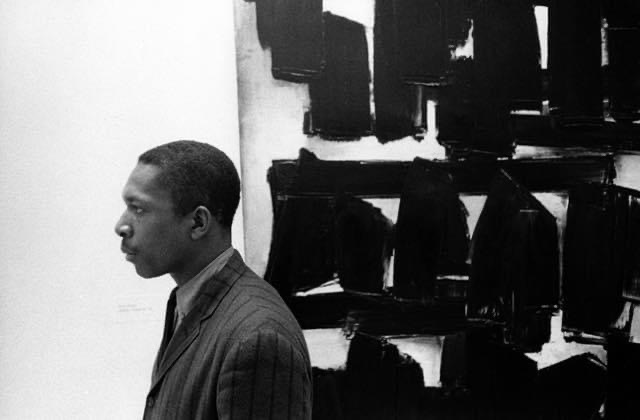
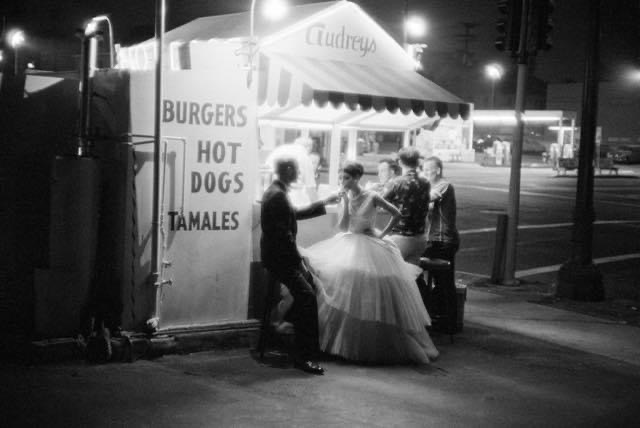
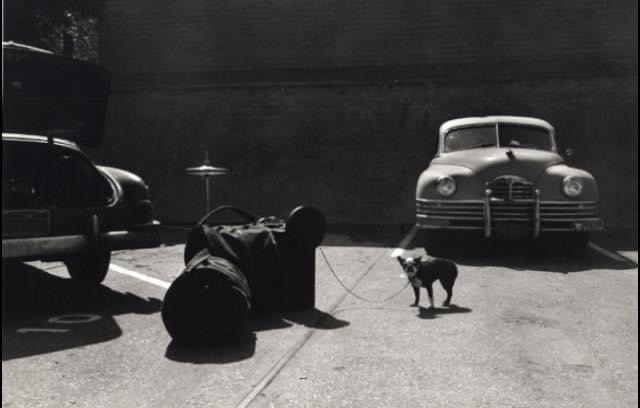
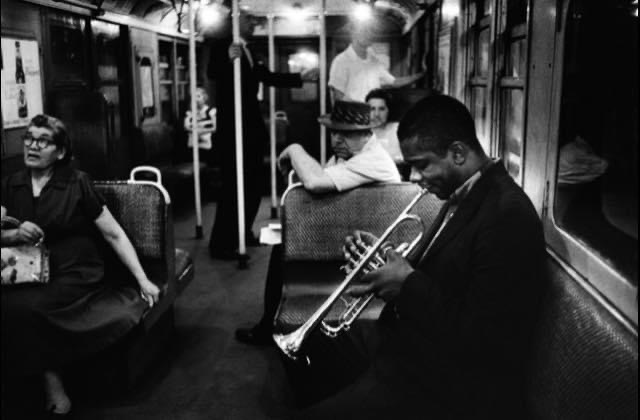
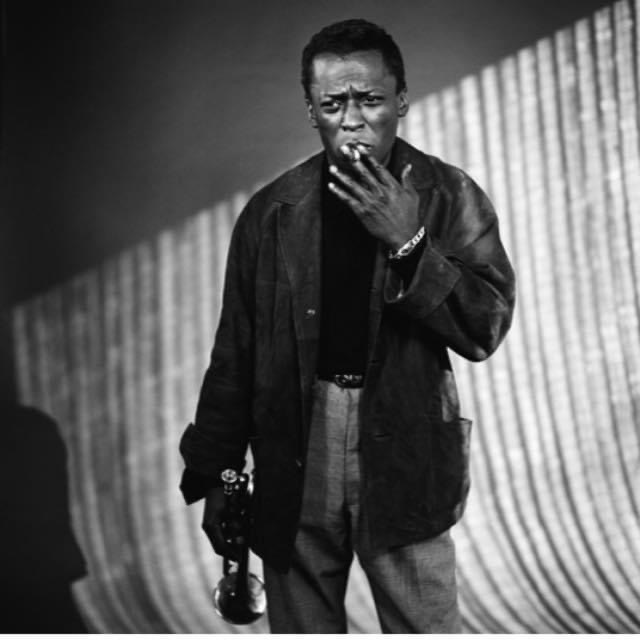
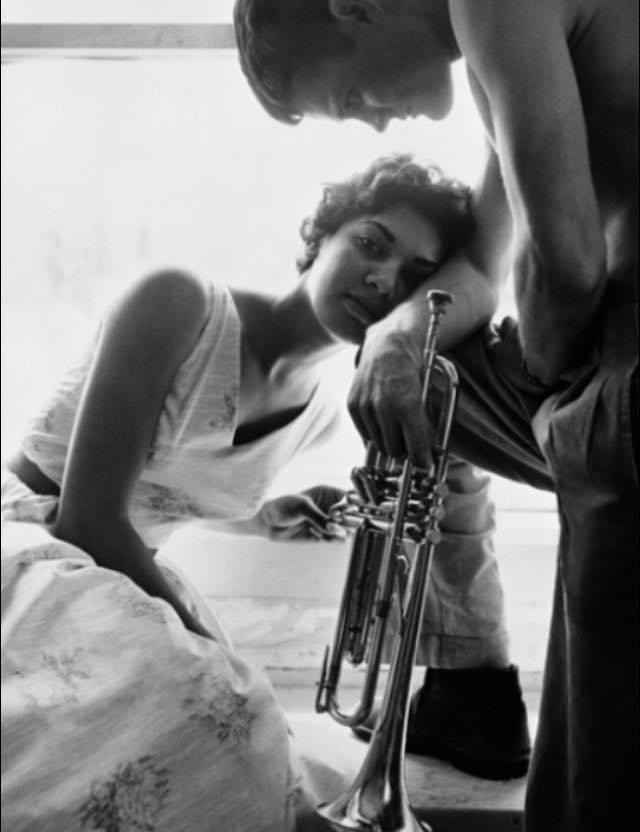
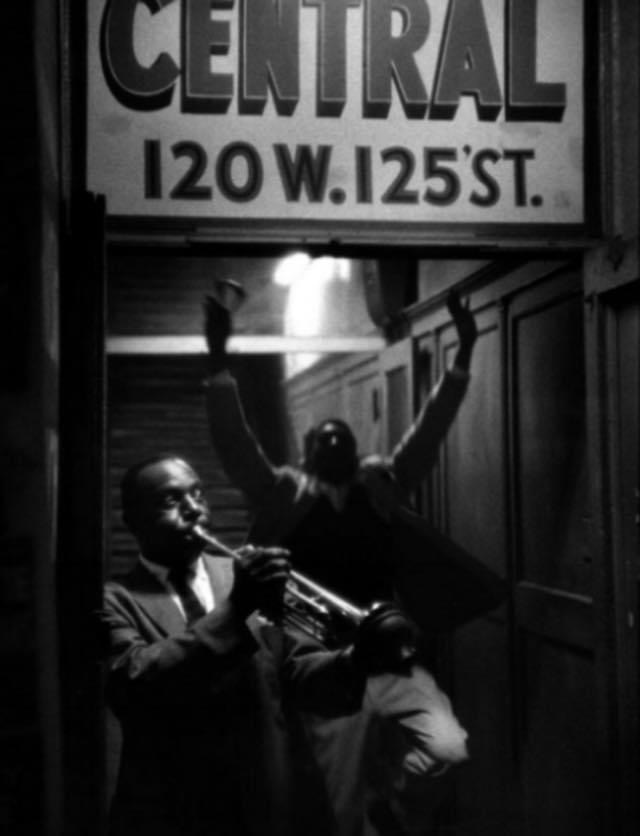
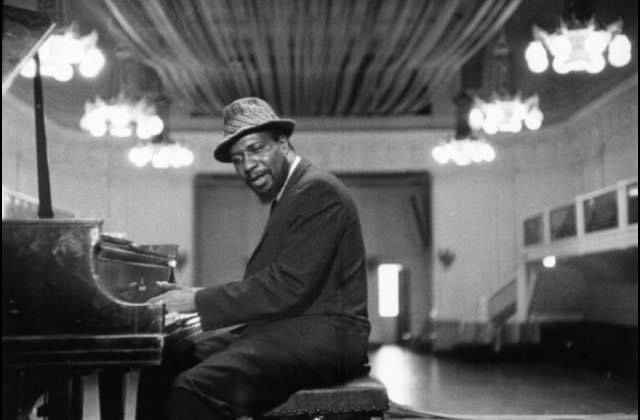
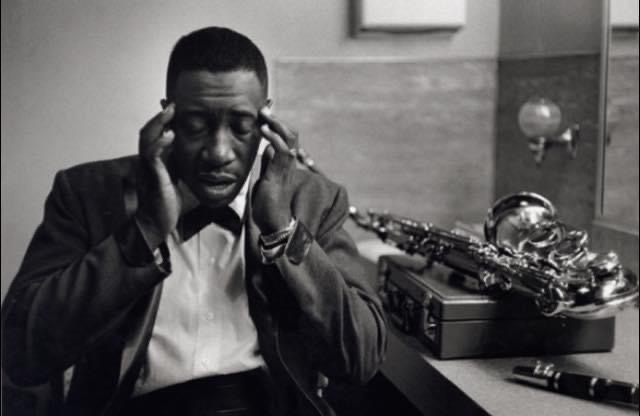
| |

